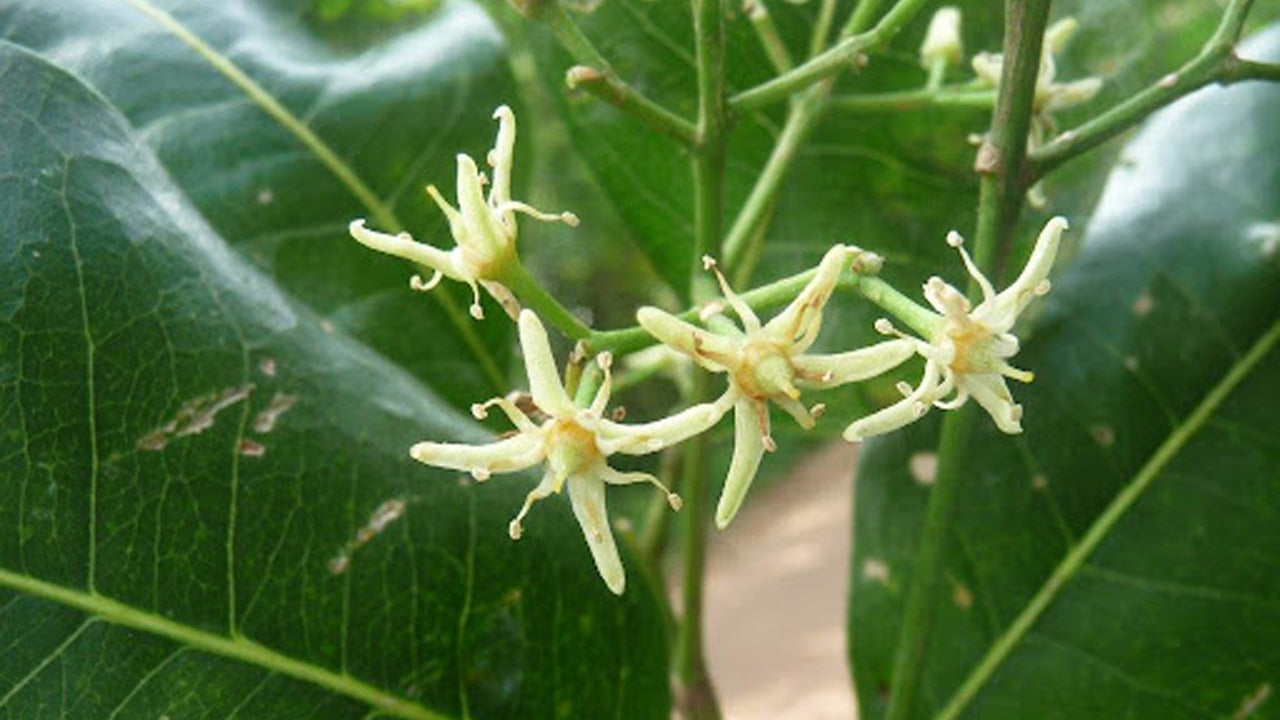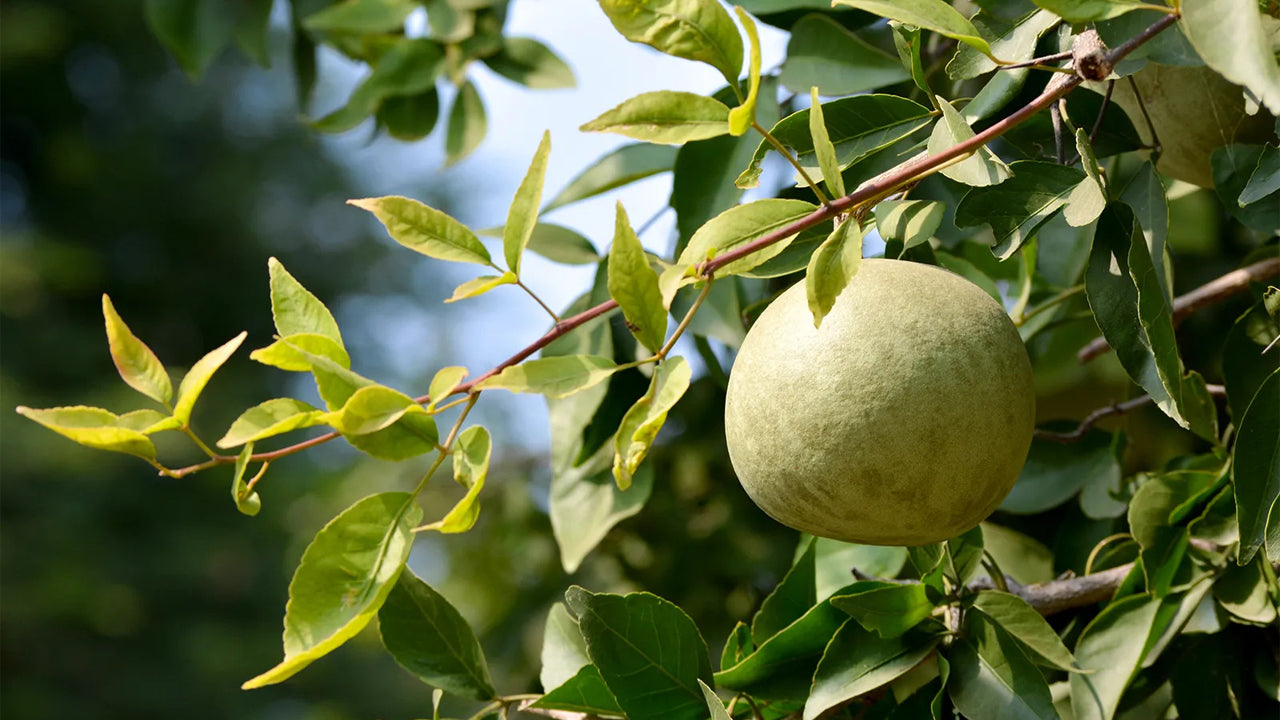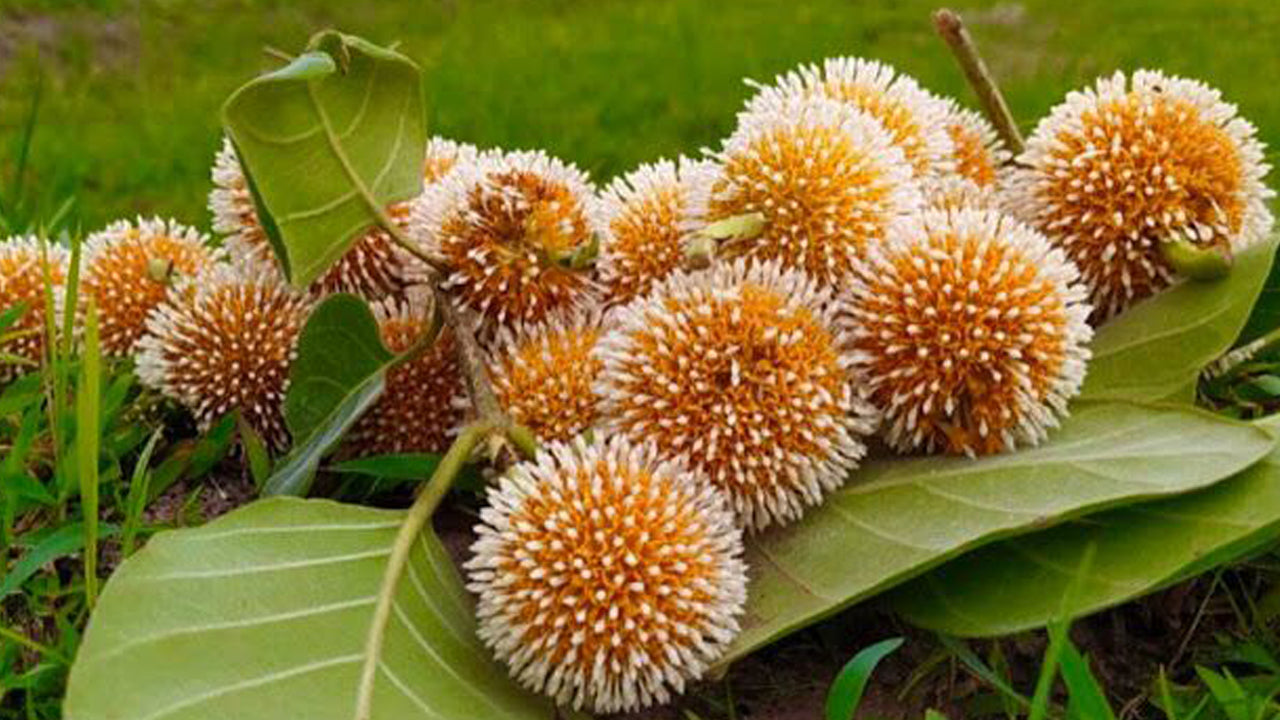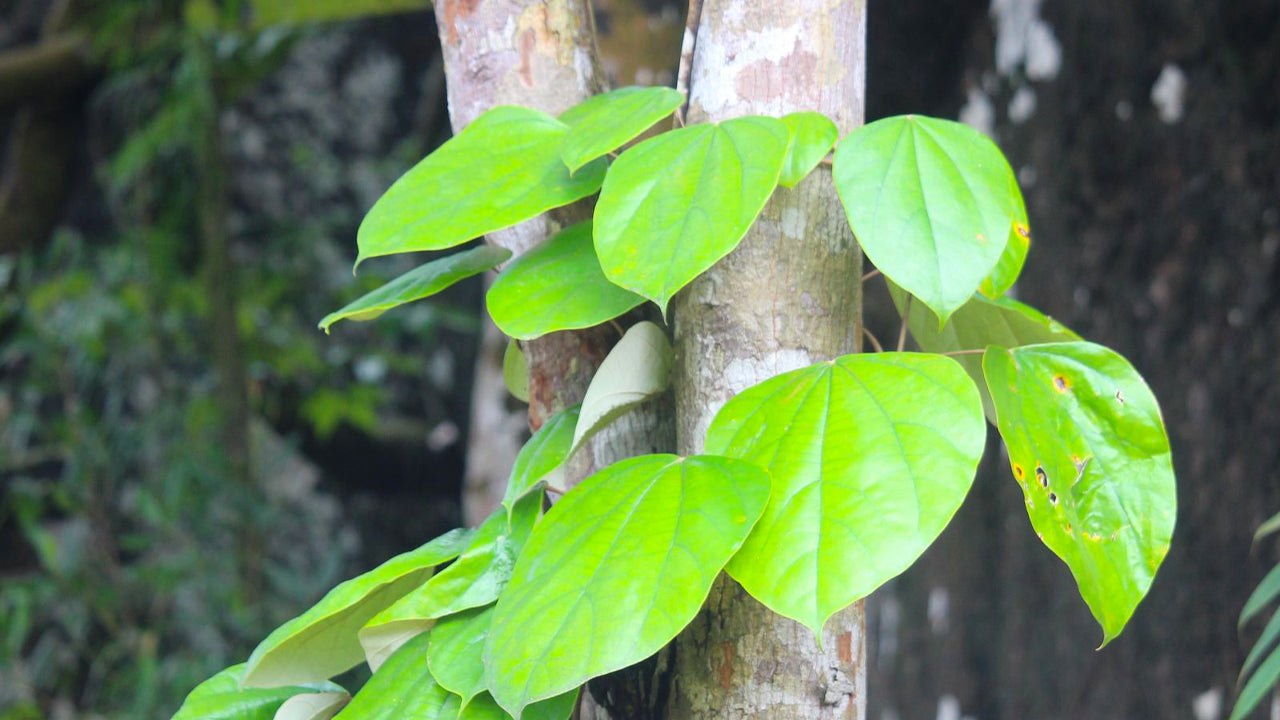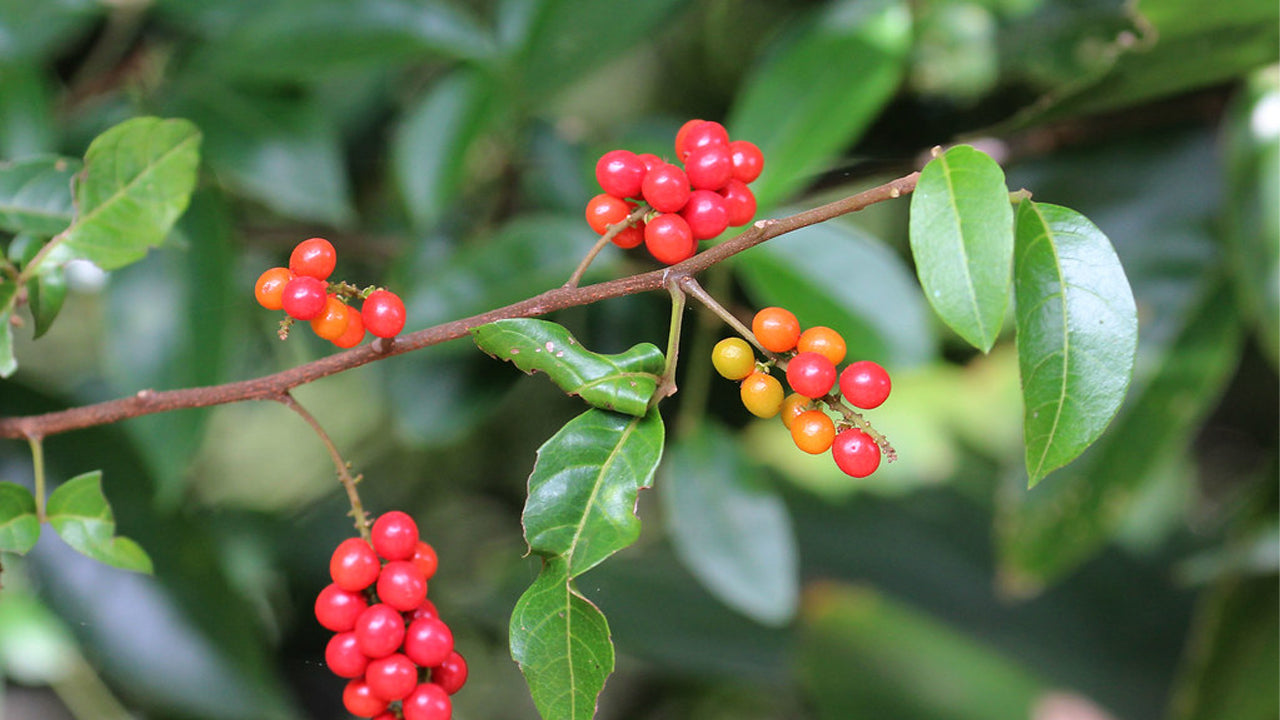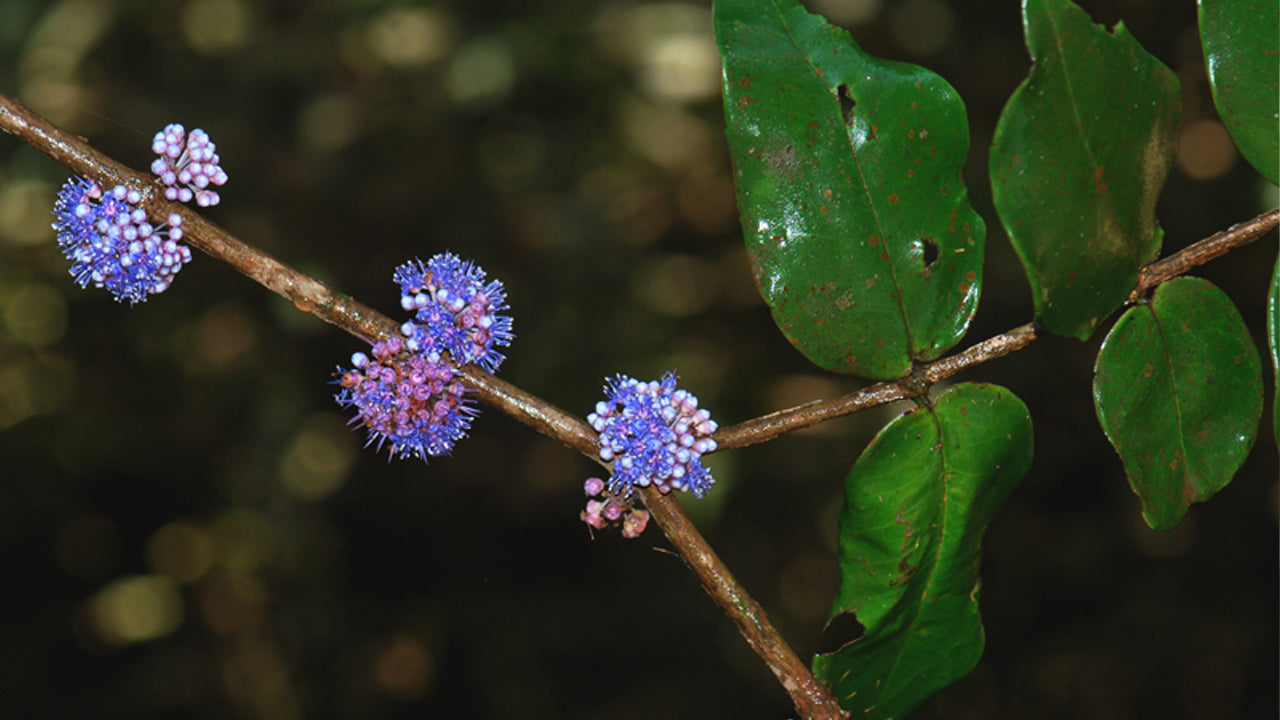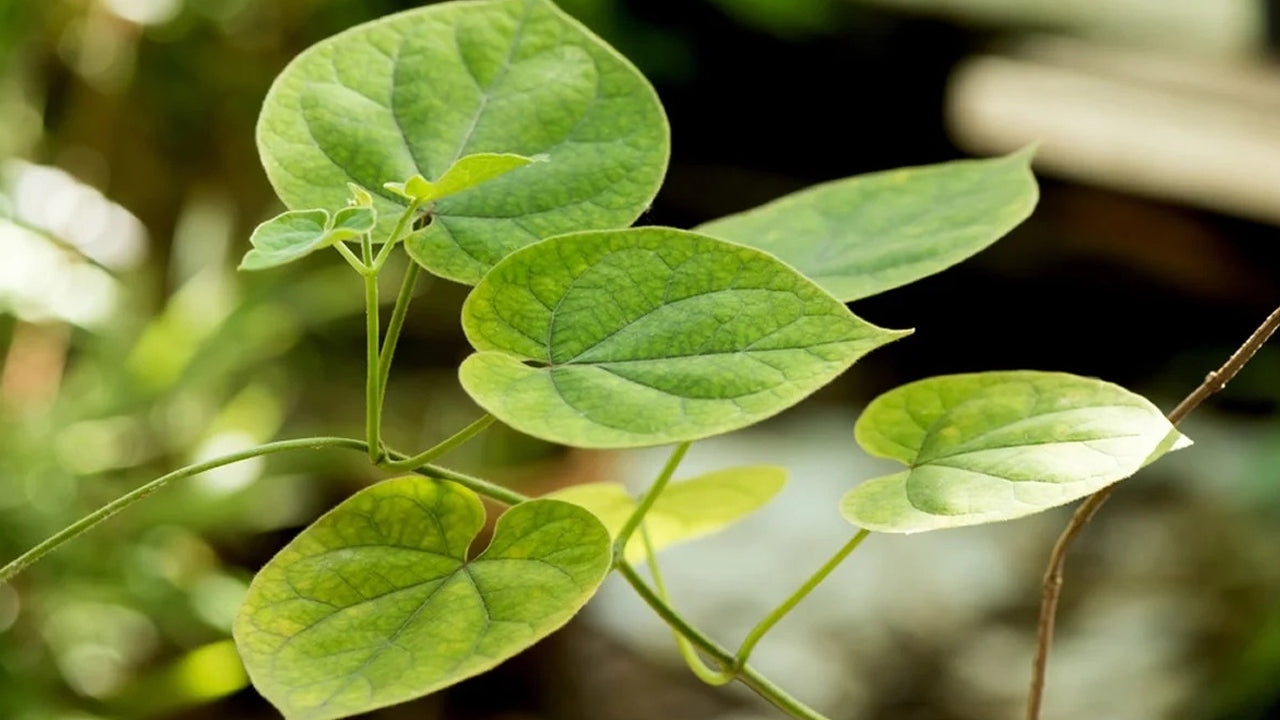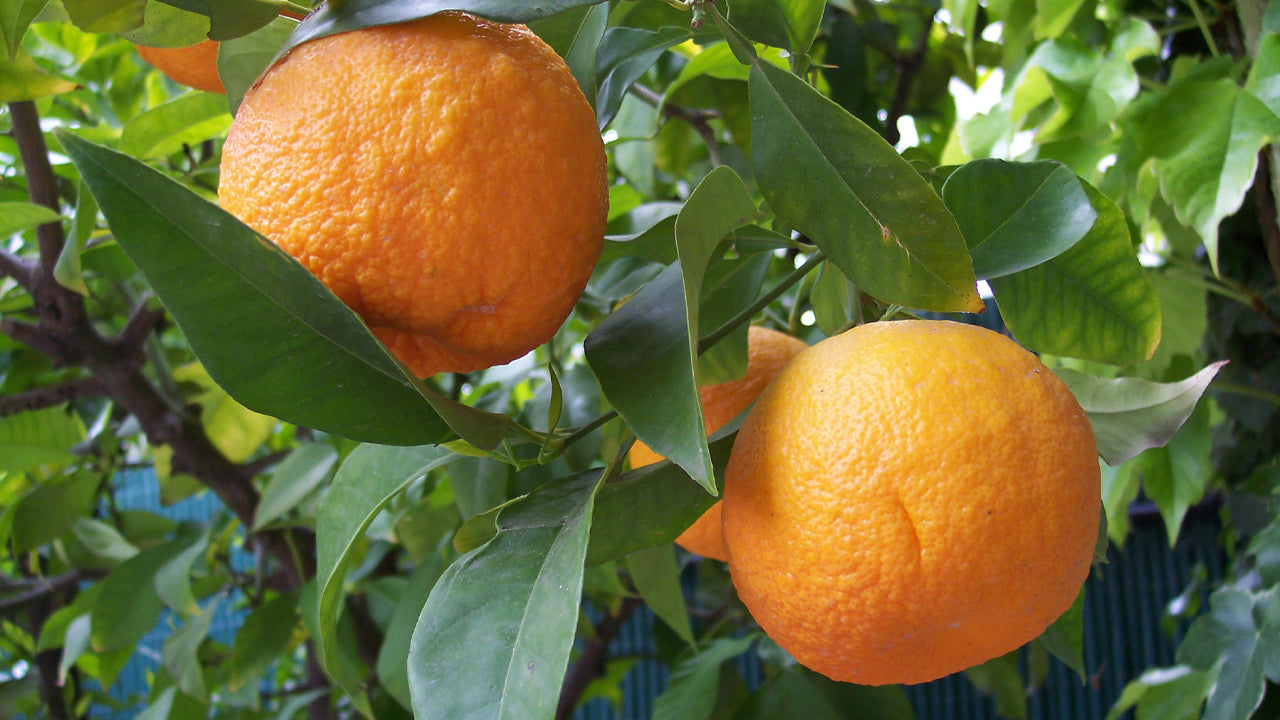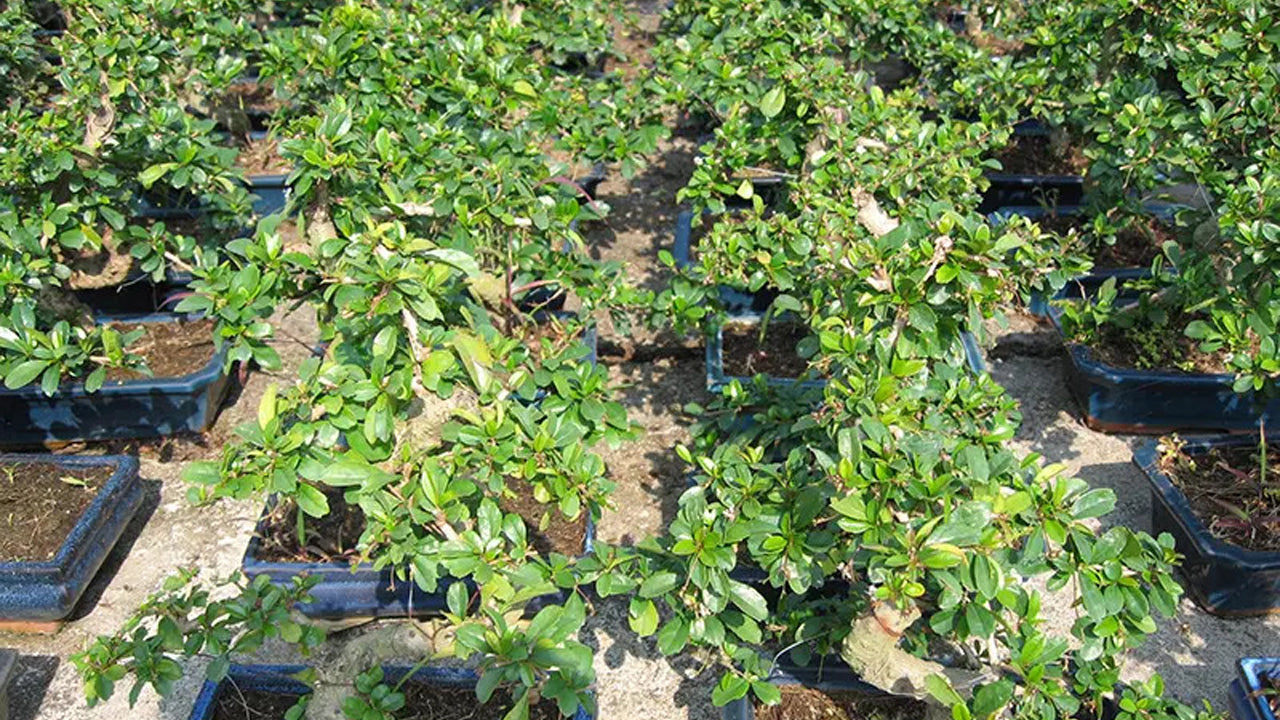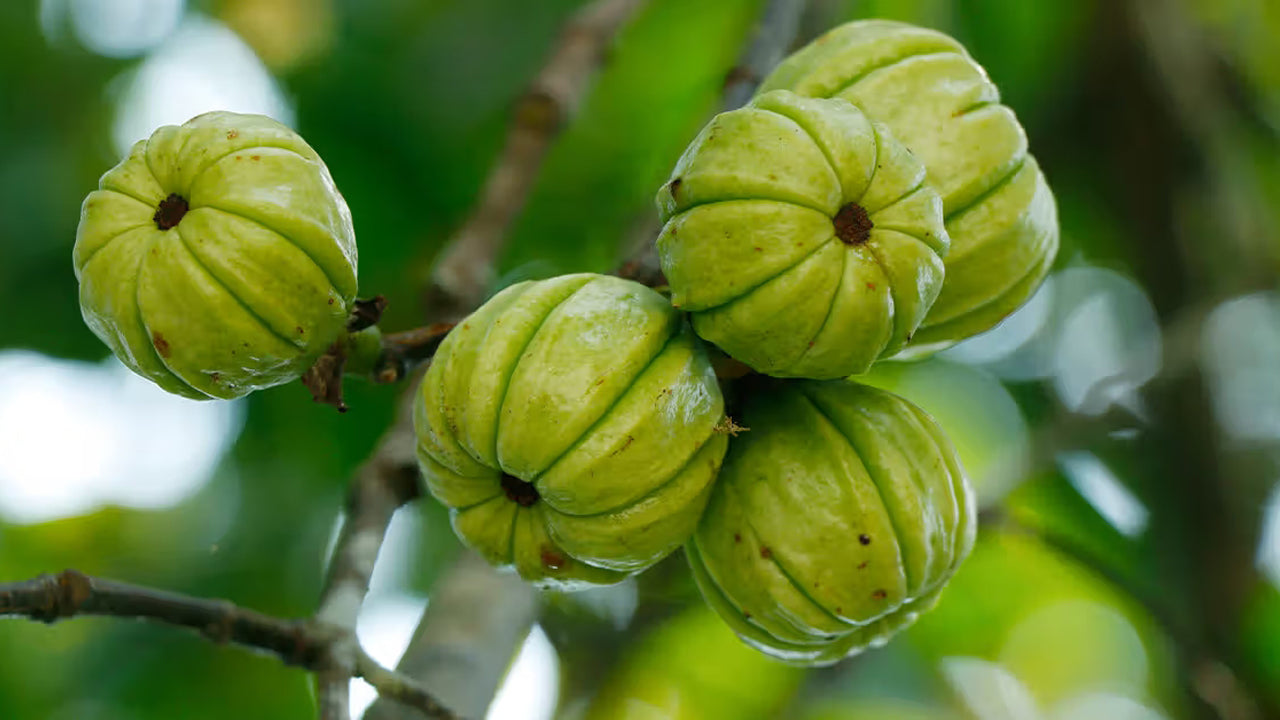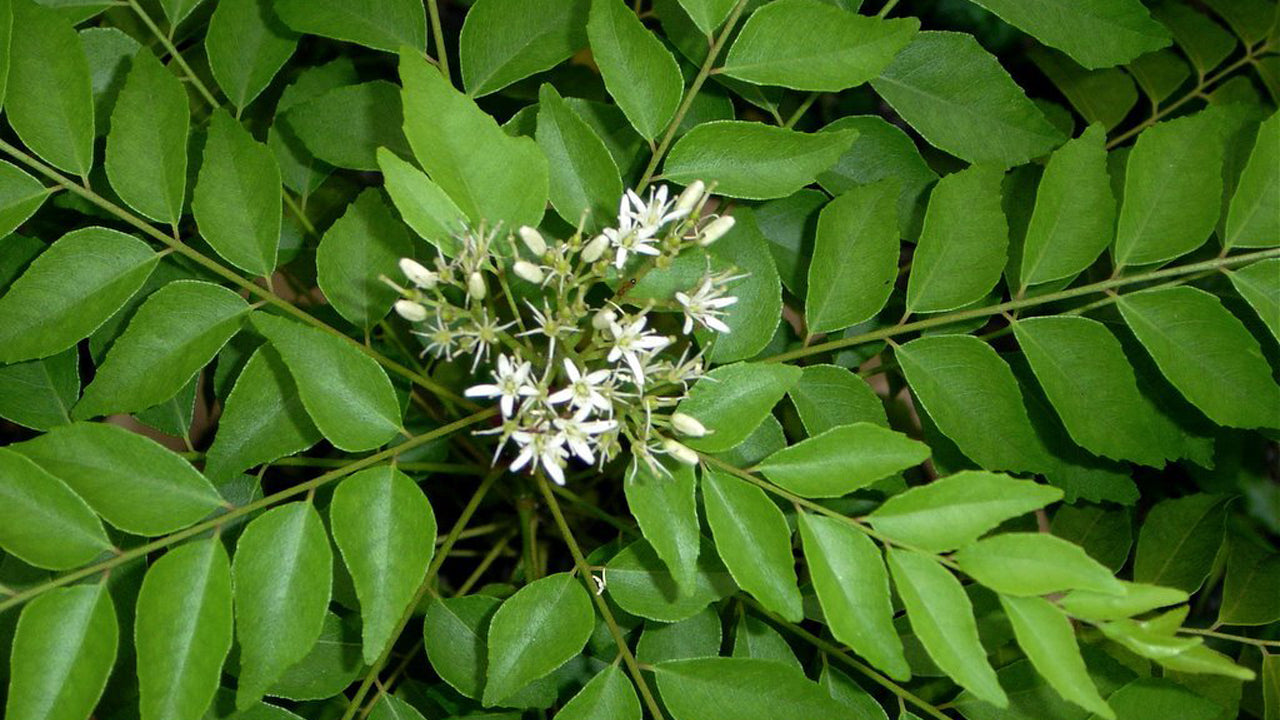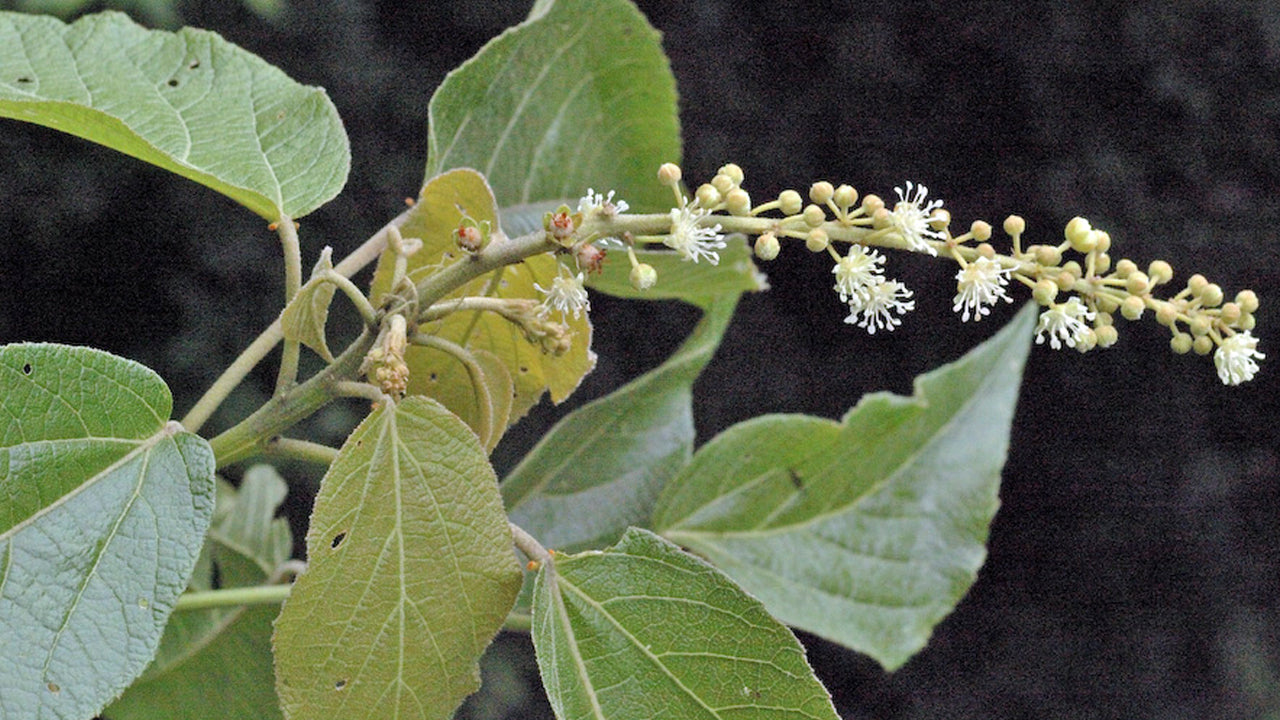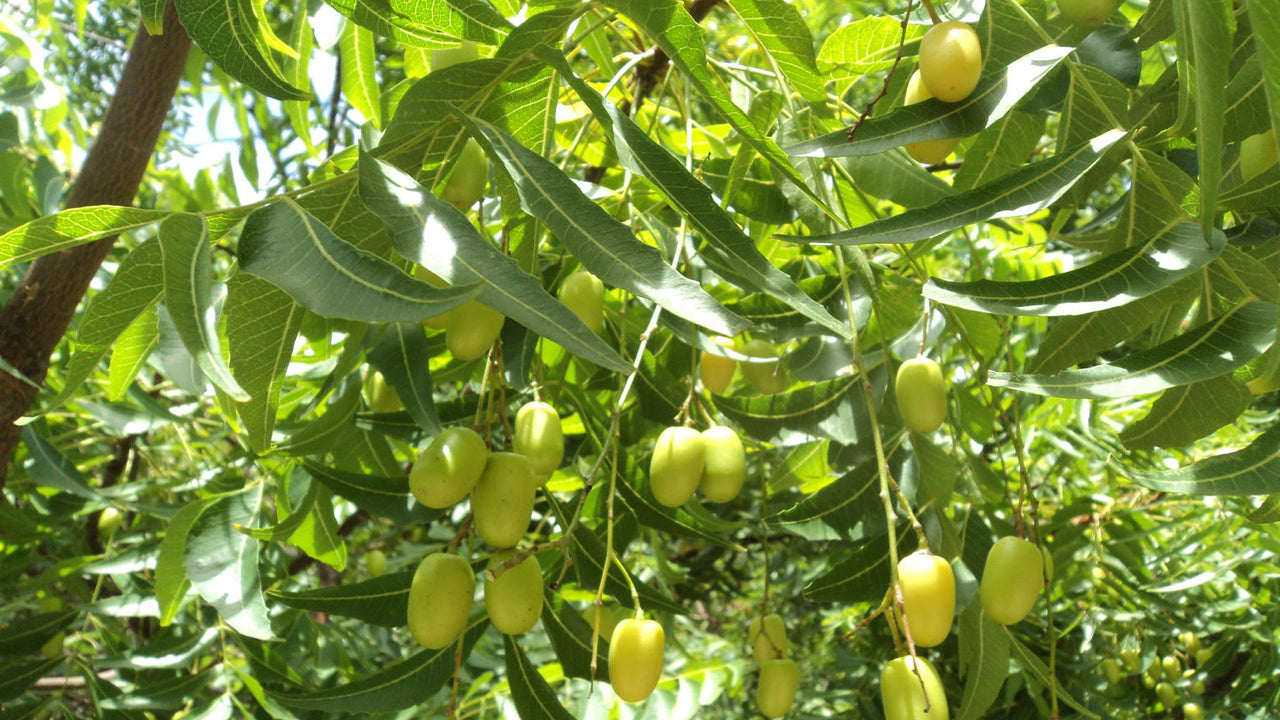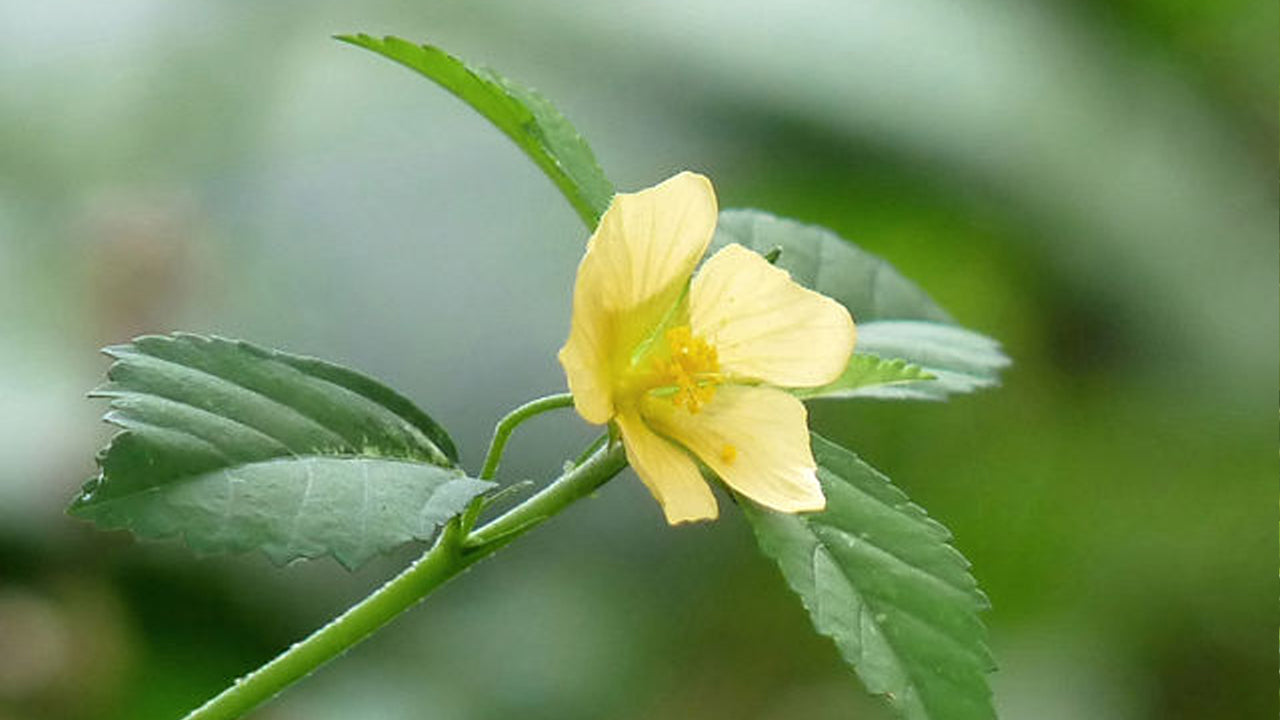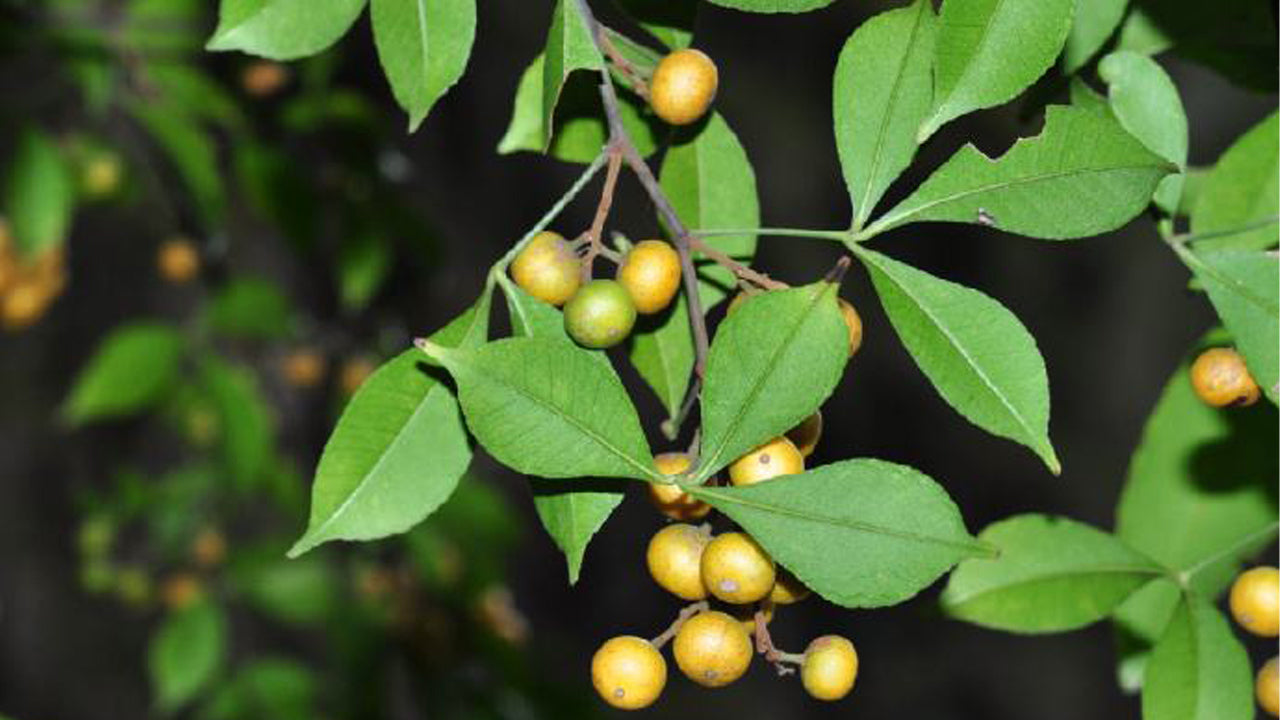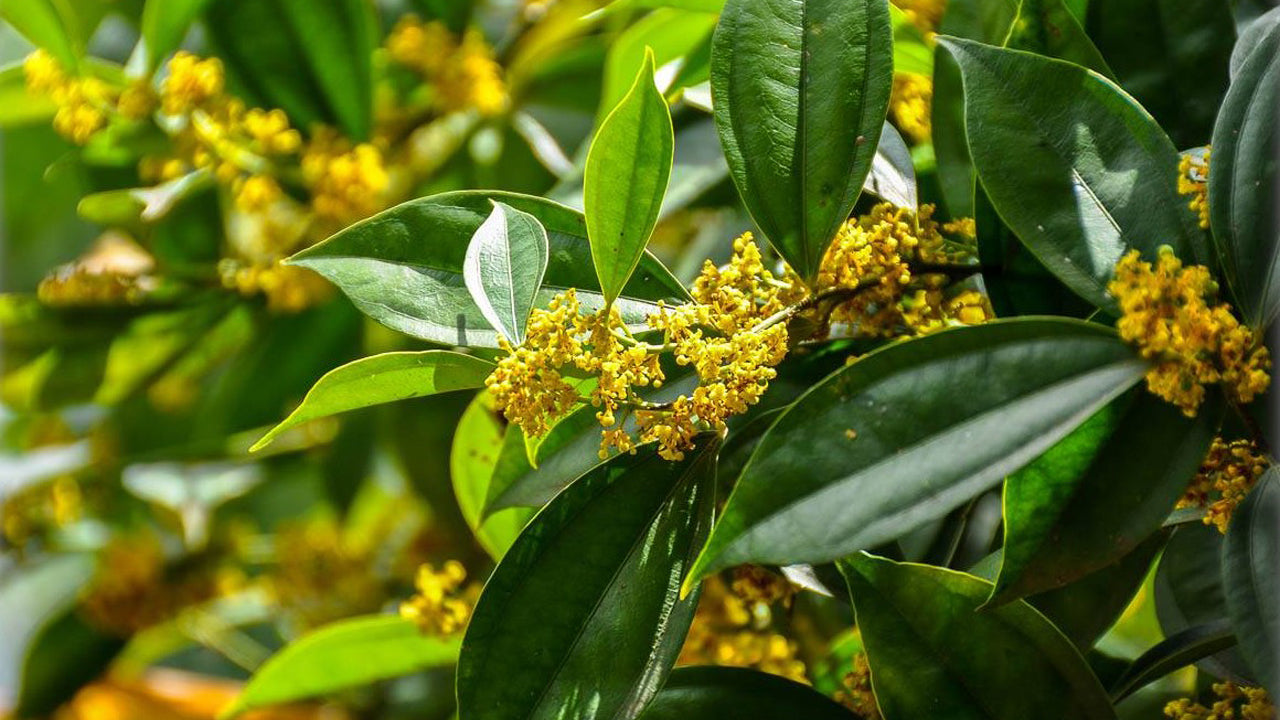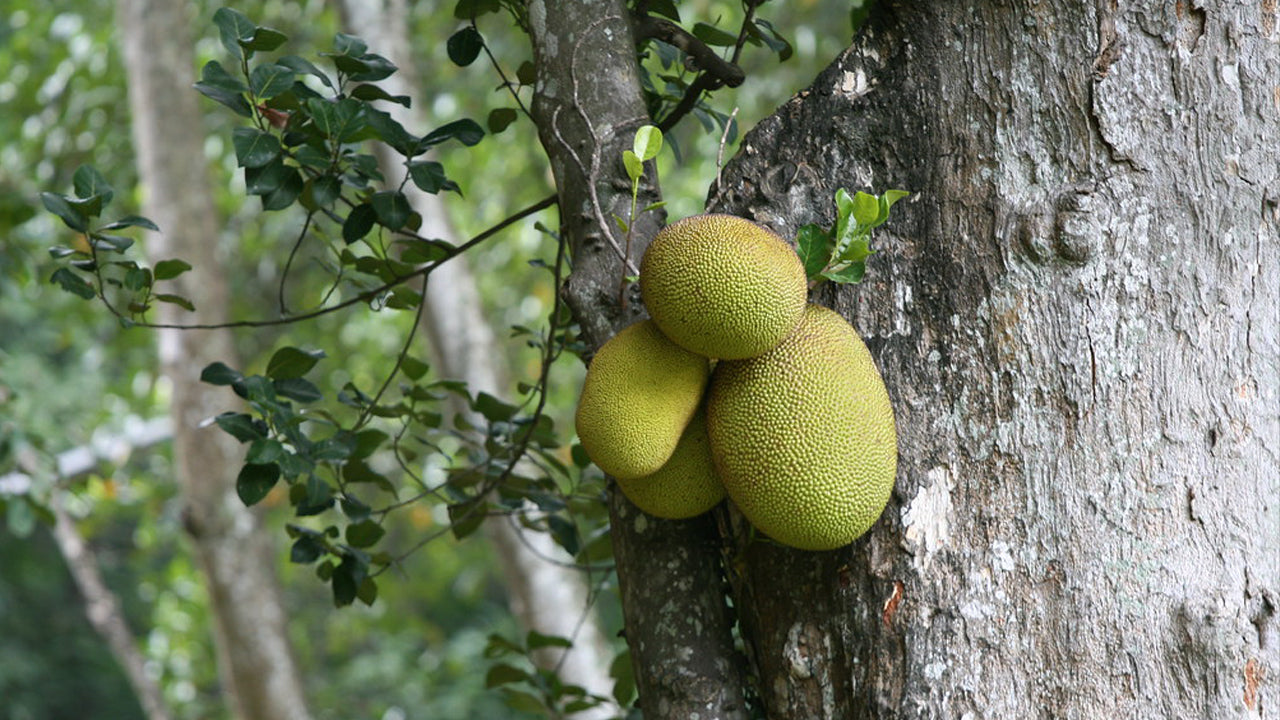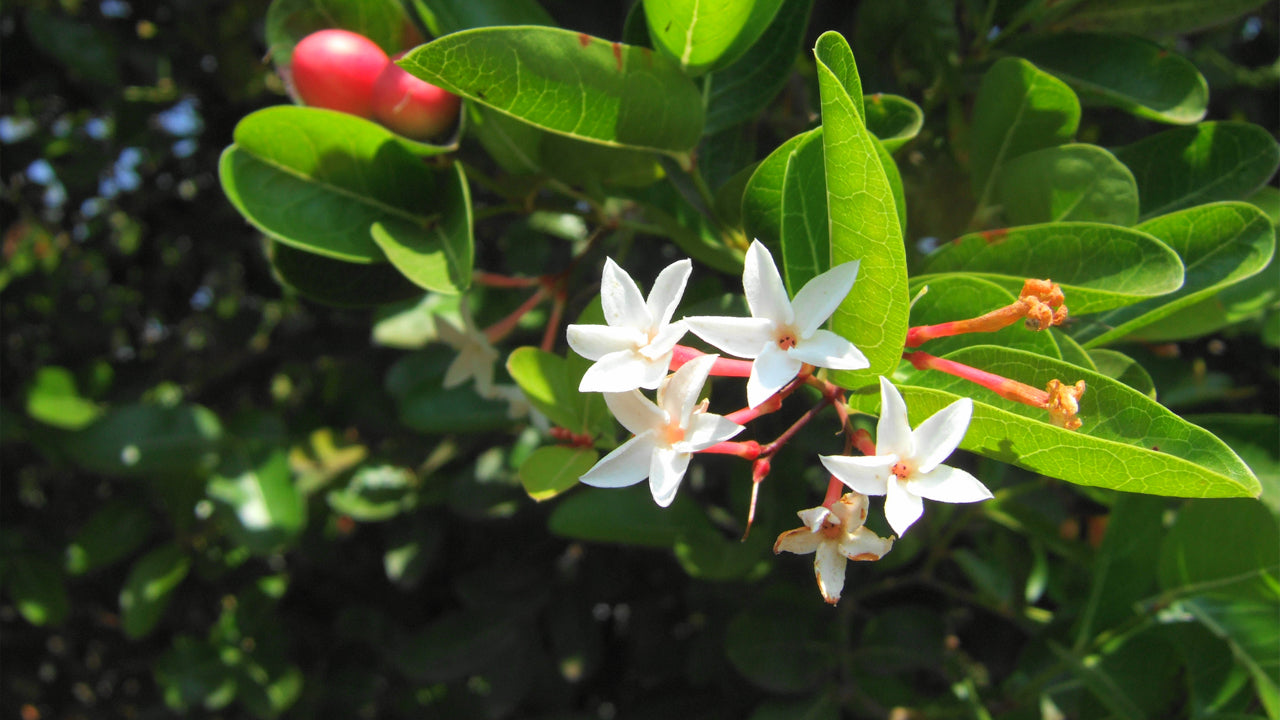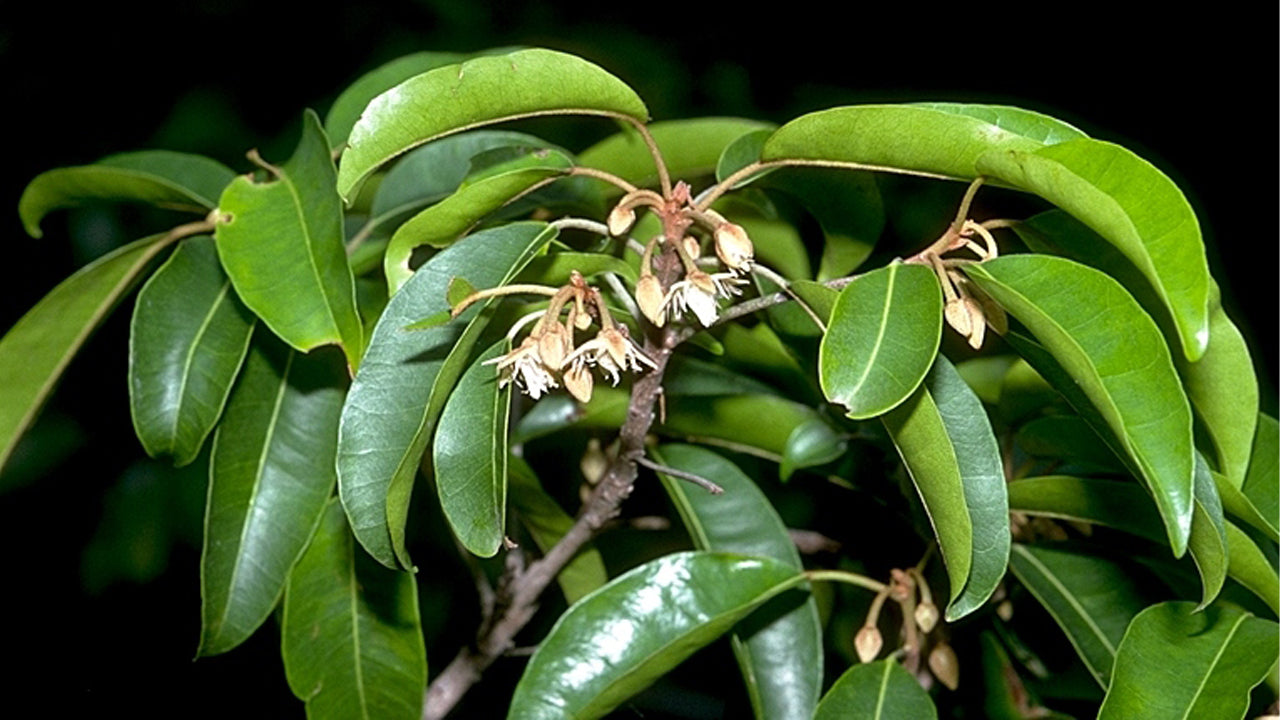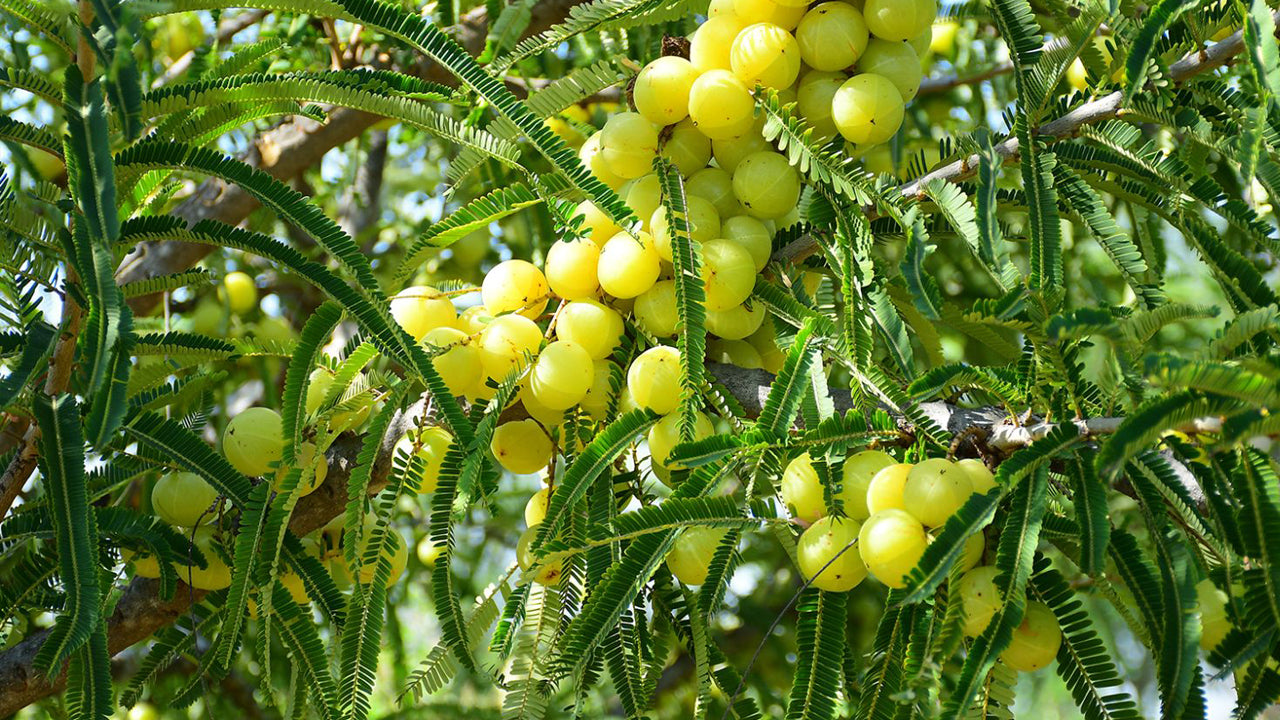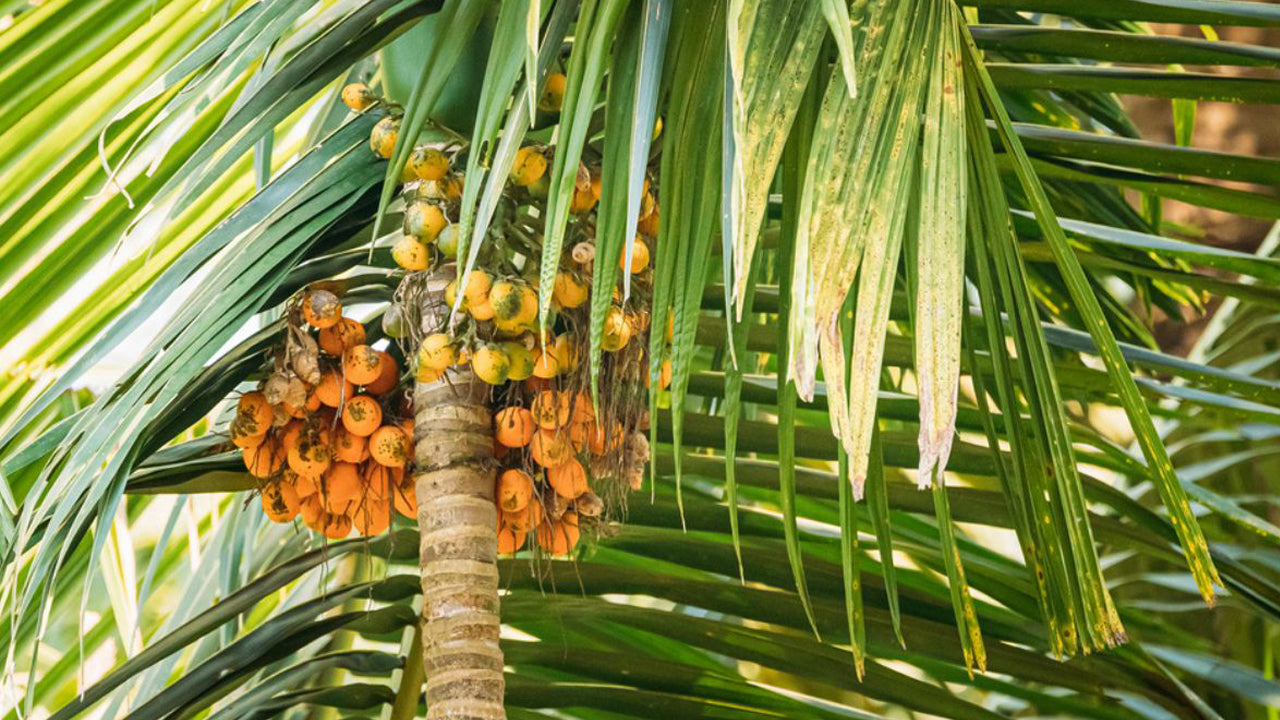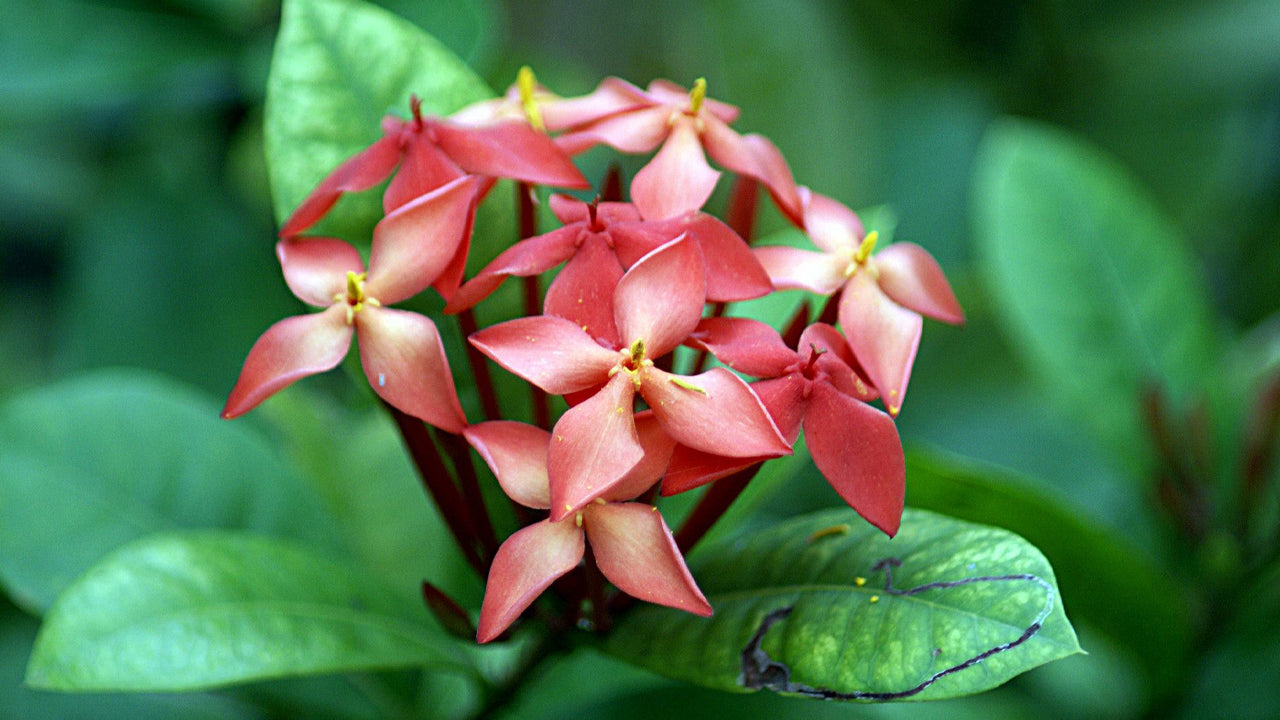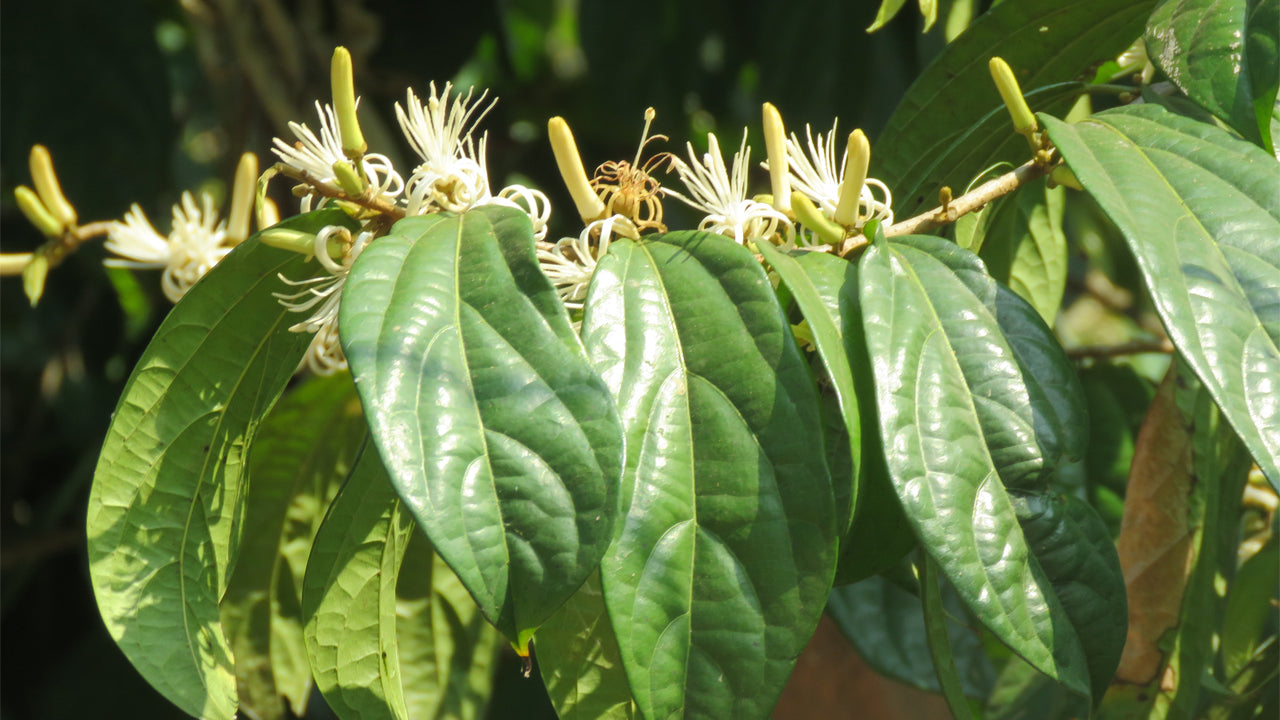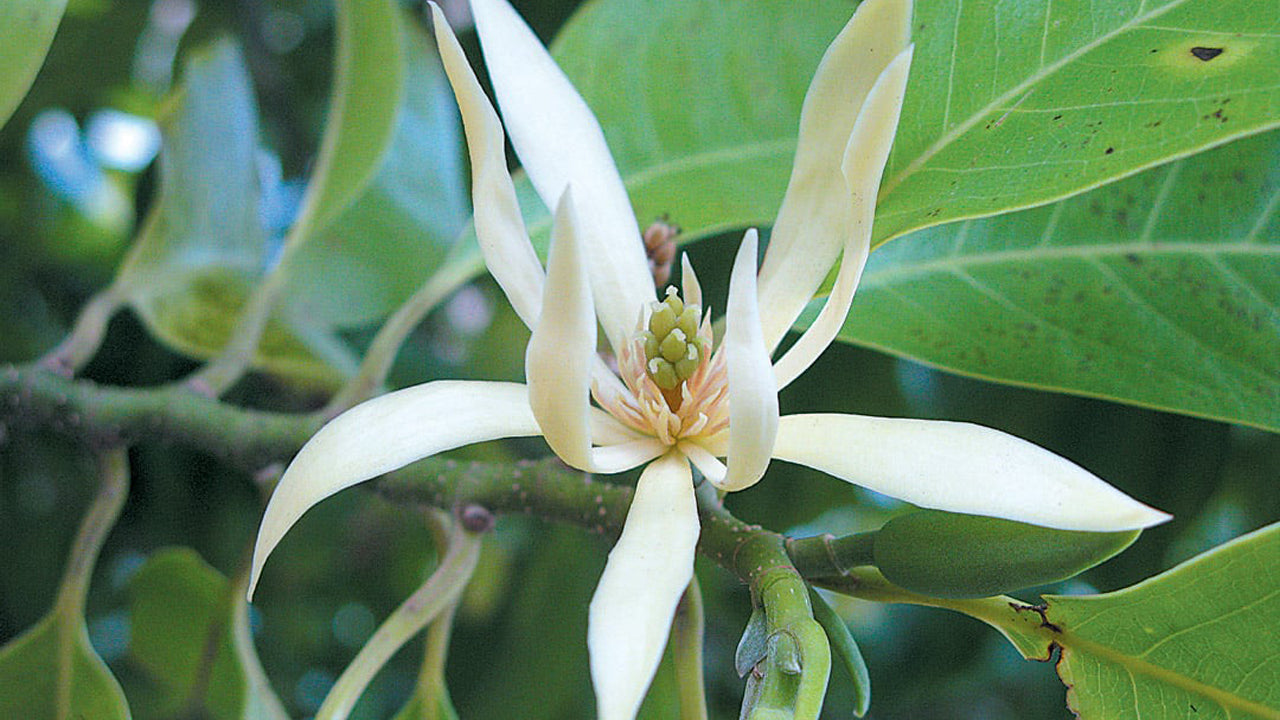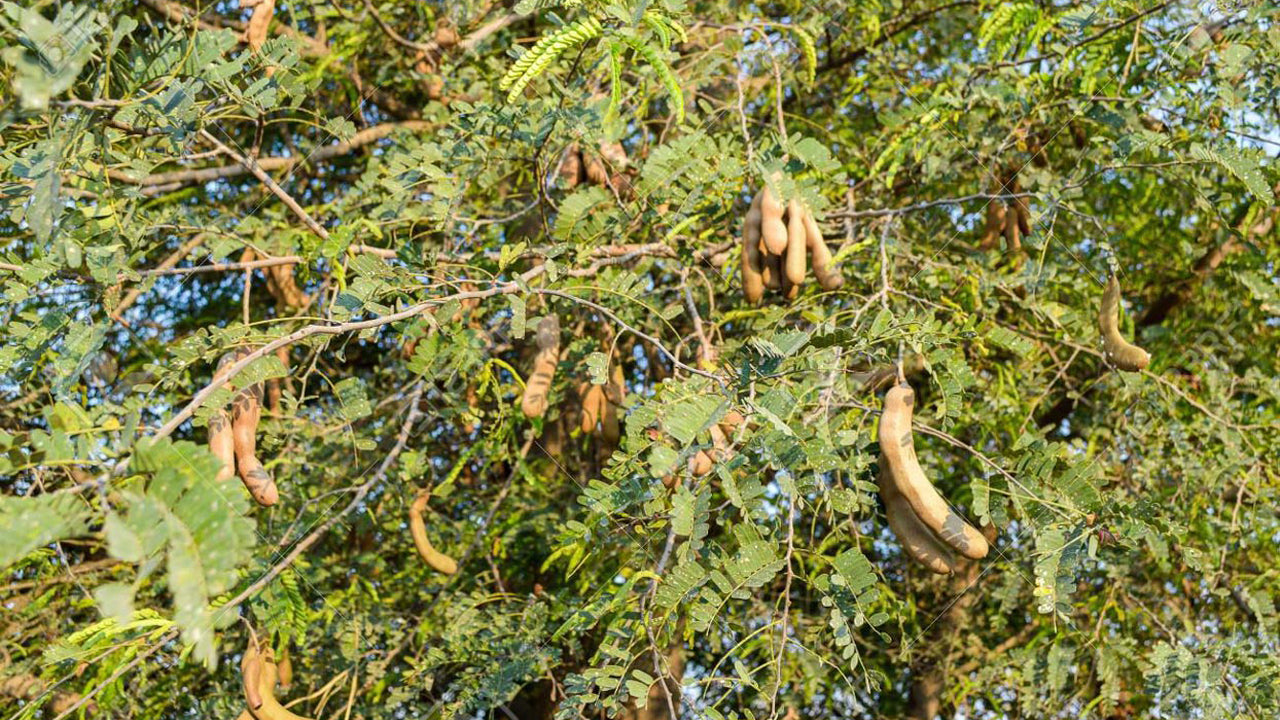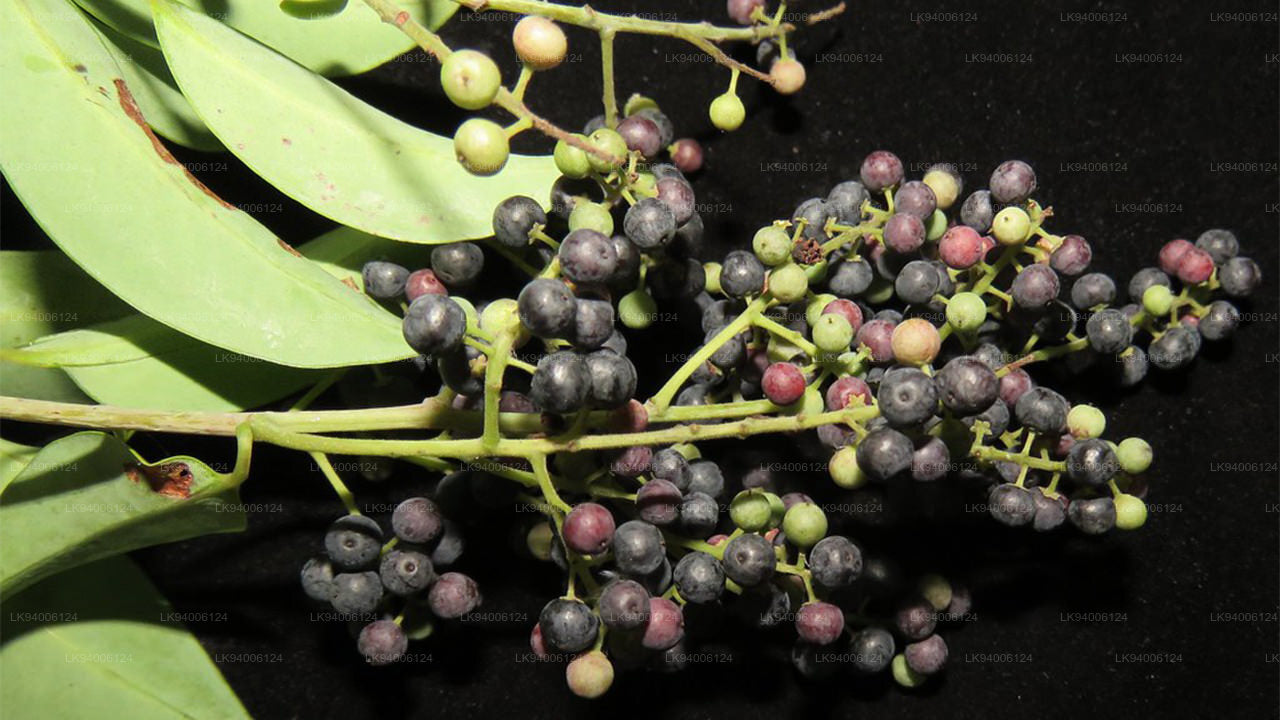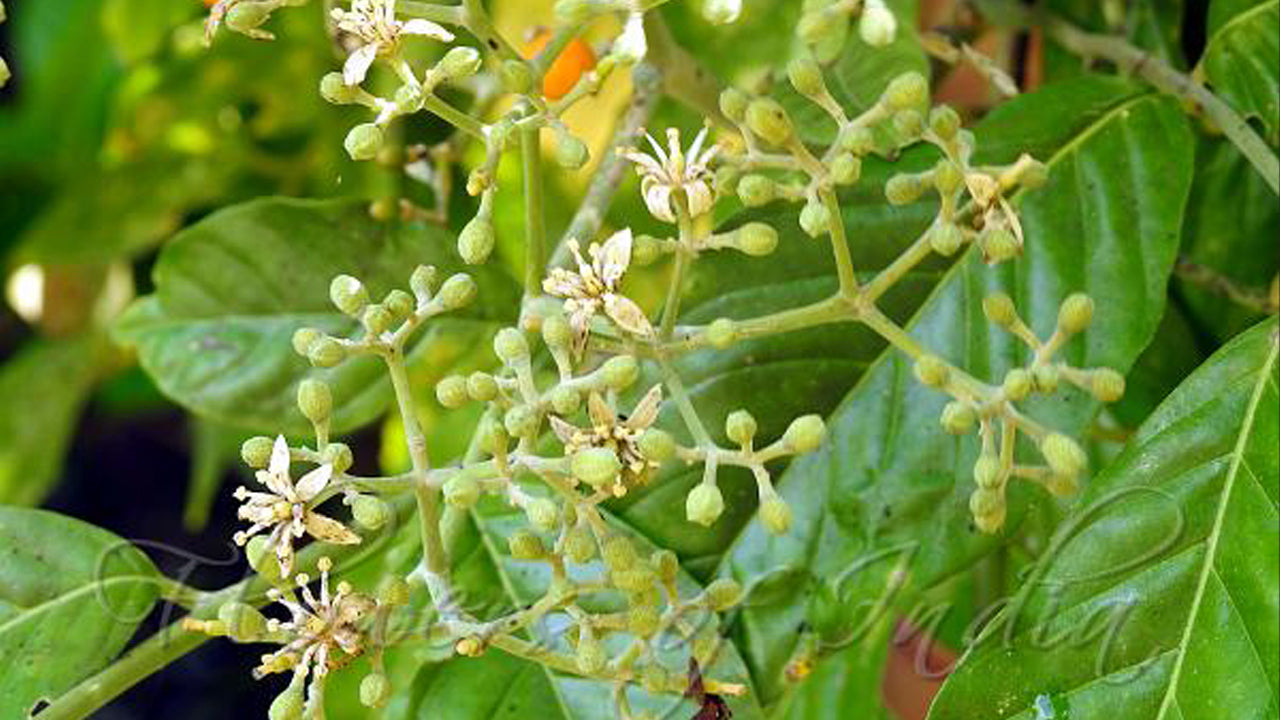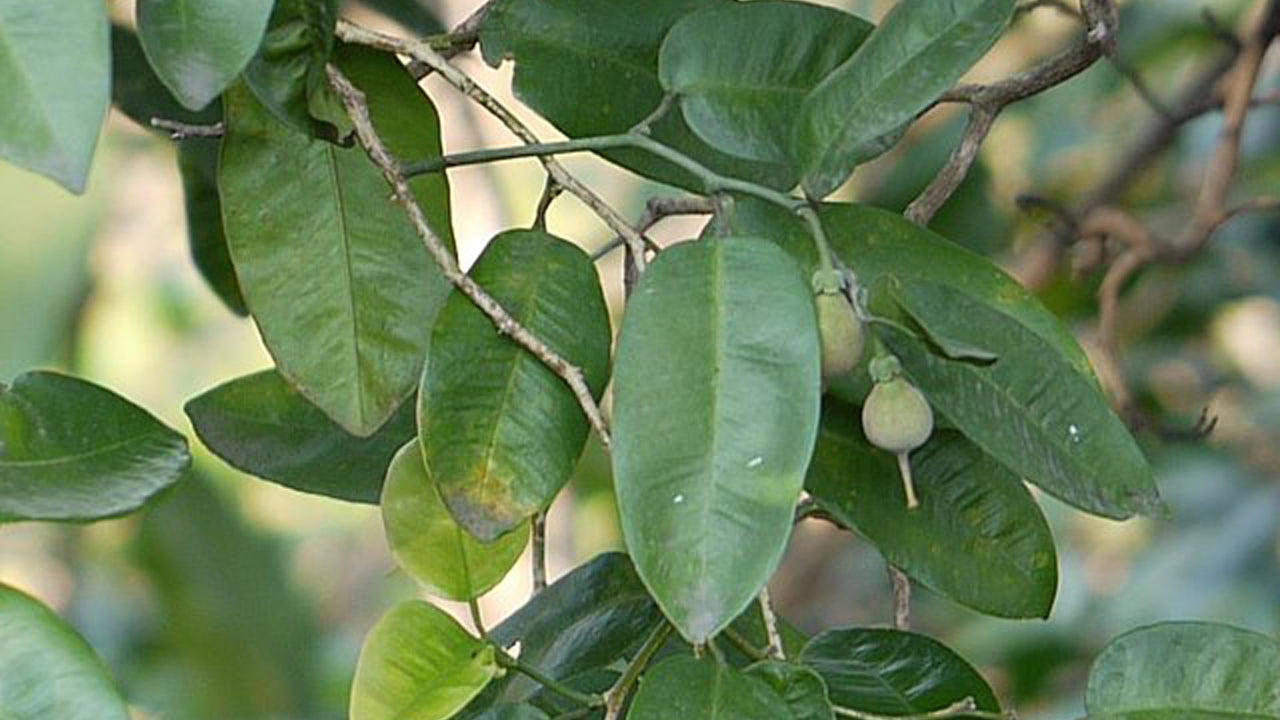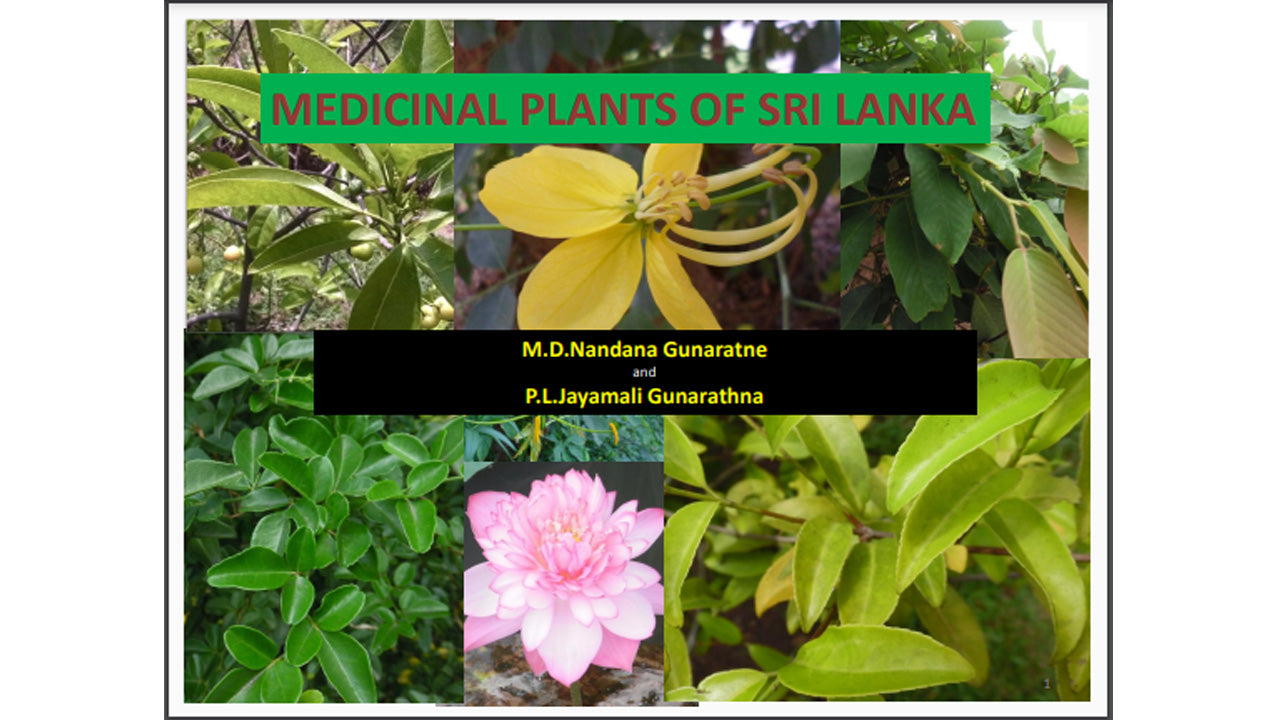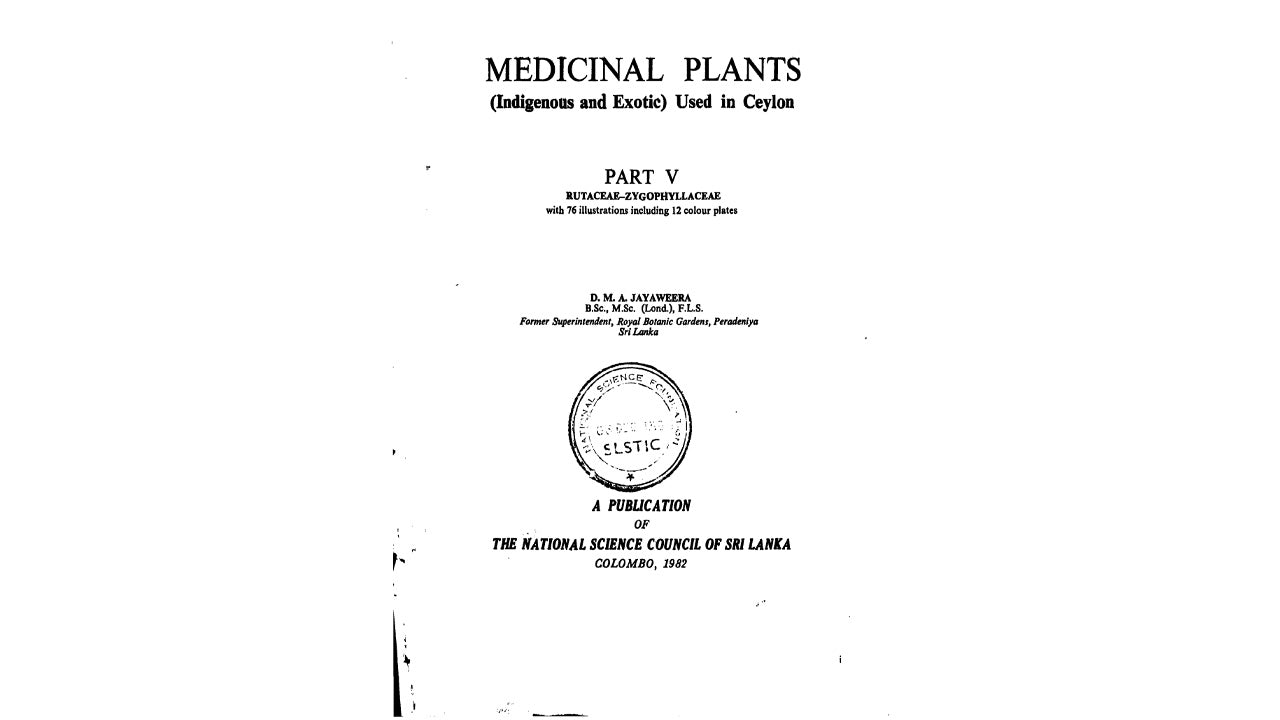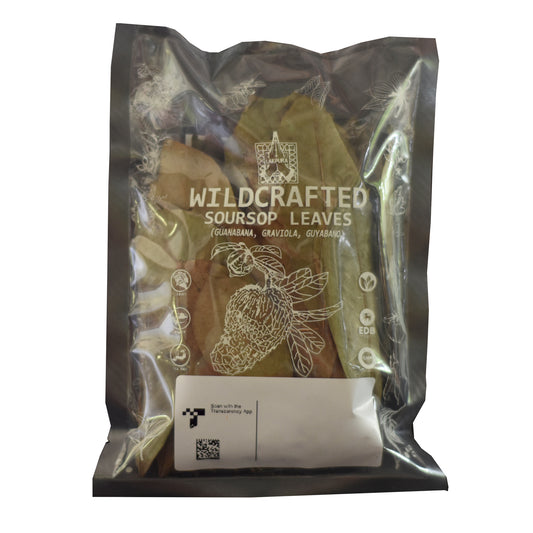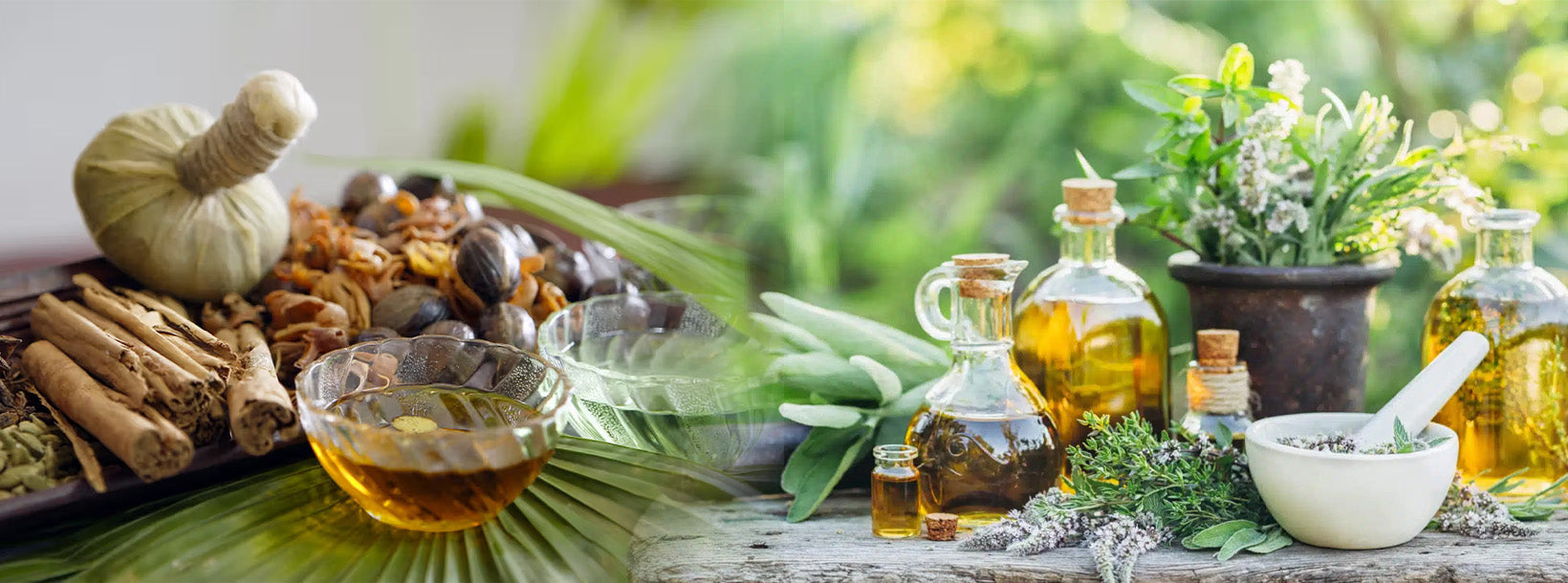
Ayurvediske lægeplanter
Sri Lankas ayurvediske tradition byder på et rigt udvalg af lægeplanter, der har været brugt i århundreder. Sri Lanka har en rig tradition for ayurvedisk medicin, der trækker på sin oprindelige viden og en række lægeplanter. Her er nogle bemærkelsesværdige ayurvediske lægeplanter, der findes i Sri Lanka:
Amaranthus spinosus
Amaranthus spinosus, commonly known as spiny amaranth, prickly amaranth, or thorny amaranth, is a species of flowering plant in the family Amaranthaceae. It is native to tropical and subtropical regions of America, but has spread widely around the world due to its adaptability. The plant is often considered a weed in agricultural areas, but it also has various uses in traditional medicine and food.
Key Characteristics:
Appearance:
Height: Amaranthus spinosus is an herbaceous plant that typically grows to a height of 30–90 cm (about 1–3 feet), but in favorable conditions, it can grow taller.
Leaves: The plant has elongated, narrow leaves that are green to purple in color. The leaves have a smooth or slightly wavy margin.
Flowers: The plant produces small, inconspicuous greenish or reddish flowers that are arranged in clusters at the tips of the branches. These flowers are typically not very showy, but they appear in dense, spiky inflorescences.
Thorns: The plant is named for its spiny characteristics. It has spiny, thorn-like structures along the stems, which can make handling the plant difficult.
Seeds: Amaranthus spinosus produces small, dark-colored seeds that are spread by wind and animals.
Habitat:
It thrives in a variety of environments, including roadsides, disturbed soils, agricultural fields, and open areas. Amaranthus spinosus is particularly hardy and can grow in poor soils, often found in tropical, subtropical, and temperate regions.
Uses:
Culinary Use:
Edible leaves: In many parts of the world, the young leaves and shoots of Amaranthus spinosus are consumed as a leafy vegetable. These are cooked and used in soups, stews, and stir-fries. The leaves are high in nutrients such as vitamins, minerals, and antioxidants.
Seeds: Like other species of Amaranthus, the seeds of Amaranthus spinosus can be eaten. They are tiny but nutritious, providing a good source of protein, fiber, and essential amino acids. The seeds are sometimes ground into flour and used in baking or as a thickener in dishes.
Traditional Medicinal Uses:
Anti-inflammatory properties: Amaranthus spinosus has been used in traditional medicine in various cultures for its anti-inflammatory and pain-relieving properties. It is sometimes applied topically in the form of a poultice for treating wounds or skin infections.
Digestive aid: The plant is sometimes used as a remedy for digestive issues, including constipation and indigestion, due to its mild laxative effect.
Antimicrobial: The plant has been used in some traditional practices to treat infections, as it is believed to have antibacterial and antifungal properties.
Blood sugar regulation: Some studies have suggested that extracts of Amaranthus spinosus may help regulate blood sugar levels, making it of interest in the treatment of diabetes in traditional systems.
Agricultural and Ecological Role:
Weed: Due to its hardiness and rapid growth, Amaranthus spinosus is considered a weed in many agricultural areas. It can outcompete crops for nutrients and water, and its thorny stems make it difficult to remove mechanically.
Soil erosion control: In some regions, the plant is used for controlling soil erosion because its dense foliage helps bind the soil and reduce the impact of heavy rains.
Fiber Production:
The plant’s stems contain fibers, which are sometimes harvested for use in crafting or as a form of rudimentary textile material.
Ayurvedisk og urtebaseret
-
Siddhalepa Ayurveda Urtebalsam
Normalpris Fra $0.32 USDNormalpris$0.38 USDUdsalgspris Fra $0.32 USDUdsalg -
Lakpura Dehydreret Soursop (Guanabana, Graviola, Guyabano) Blade
Normalpris Fra $1.32 USDNormalpris$1.57 USDUdsalgspris Fra $1.32 USDUdsalg -
Link Swastha Thriphala (30 Tabletter)
Normalpris Fra $1.90 USDNormalpris$2.25 USDUdsalgspris Fra $1.90 USDUdsalg -
Sethsuwa Pranajeewa Miracle Oil
Normalpris Fra $3.20 USDNormalpris$3.80 USDUdsalgspris Fra $3.20 USDUdsalg







